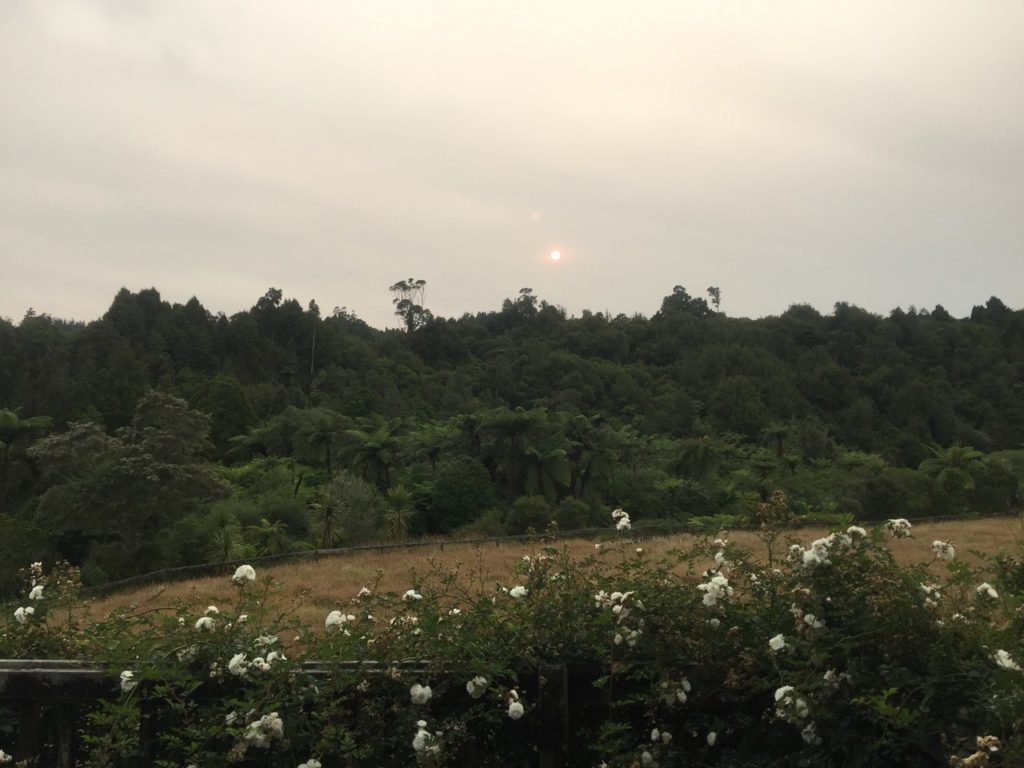Contents
The Year Without a Summer?
All of our thoughts from New Zealand are with our Australian cousins in this time of the fires which are devastating their already hot and dry lands. Climate change there has had disastrous consequences which I needn’t repeat here.
See more here: Australian fires on BBC
We’re seeing the atmospheric results of it in New Zealand already.
In Waihi, in the North Island of New Zealand, I awoke on the first day of January to see this out my bedroom window… No filters, no colours. Just my iPhone and the strangest-looking sun I’d ever seen… I could look straight at this glowing pink ball.
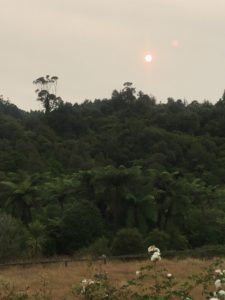
My friend Chantelle Gerrard (Costume designer and photographer extraordinaire: Find her here!) shot some exquisite images of the colourful sky as the orange-pink haze moves north from Waihi to Auckland, New Zealand.
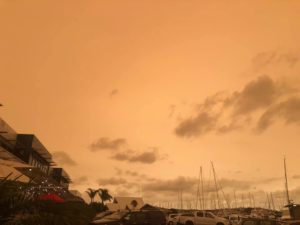
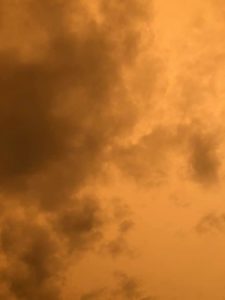
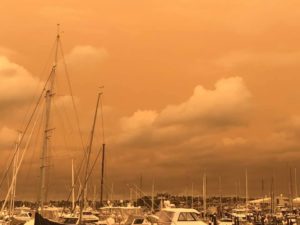
WHAT WAS that?
My first thought, upon seeing that pink sun was of “The Year Without a Summer”, which had come up in my research for the upcoming second book in my Somewhere series. (Yes, I know the first book in the series isn’t out yet… nearly done, then it goes to St. Martin’s Press… so who knows when it may be out, sorry!).
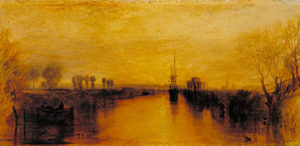
The Year Without a Summer was immortalized by such painters as JMW Turner, featuring glowing orangey-pink skies over England in spring and summer of 1816. Colder than normal temperatures during the summer caused widespread crop failure and unseasonal snows (June!) throughout the Northern Hemisphere and continuing shockingly cold weather over the next few years.
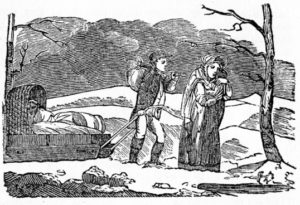
Those in the New England (Eastern United States) experienced lake and river ice and otherwise-freezing temperatures from May through August of 1815. Severe weather from excessively high to extremely low meant widespread crop failure and hunger. Read more here
People from Europe, England, Wales saw heavy rains and low temperatures, which also caused failed harvests and famine. Ireland in particular experienced severe famine and typhus. All this was on top of the stress encountered in the recovery from the Napoleonic Wars.
Demonstrations, riots, and arson followed the disaster in England, France, Switzerland and other places in Europe, especially as no one knew the cause of this worst famine in 19th century Europe. In China, the cold and severe floods destroyed crops and animals and people via Typhus, while In India, cholera spread in the torrential rains from delayed summer monsoons, as far as Moscow.
The unseasonal prolonged darkness, cold, and wet may have even been responsible for artistic, and dark, masterpieces. Frankenstein was created, opium became an alternative crop to the soggy rice in China, and many other items of interest! Check them out here!
Just how did this year without a summer come about?
The centuries-long “Little Ice Age” had already been causing distress in Europe for some time. They may not have known it then, but it was likely due to or exacerbated by several large eruptions around this time.
Read more about The Year Without a Summer here!

These eruptions occurred between 1808 and 1814 from somewhere in the Pacific Ocean, on St. Vincent (Caribbean), Dutch East Indies, Japan, and the Philippines, but a massive eruption at Mt Tamboro probably made the whole situation that much worse. It’s estimated that the Mt Tamboro eruption put at least 1000 cubic kilometres of particulate material (dust and ash) and sulfur dioxide into the atmosphere… certainly enough to block the warmth from the sun for quite some time, causing the earth’s average temperatures to drop by an estimated 1-2 degrees in the Northern Hemisphere.
So, will we see a repeat of history from the atmospheric ash of the Australian bush fires?
It remains to be seen.
Fimbul Winters? Real or Myth?
And what would happen if there were many years of it? Or, as this article suggests, it were repeated and people were poorly prepared, as the inhabitants of Norway and Sweden were in 500-odd AD? Were the mythical Fimbul Winters real? Read about it here!
Another Effect of Climate change: Heat Blob?
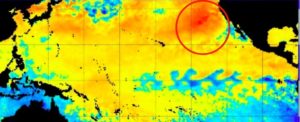
Probably unrelated to the bush fires, but nonetheless part of the climate change we’re seeing, is a massive “heat blob” about a million square km (about the size of Texas) in the Pacific Ocean to the east of New Zealand. It’s about five degrees Celsius (approx. 9 degrees F) hotter than the surrounding ocean. They’re saying it’s from reduction of trade winds, which have a cooling effect. The disruption of aquatic life from a temperature change of this magnitude is unthinkable.
Living organisms are designed to live within a narrow temperature range. As a veterinarian, I use temperature alteration ever day to help destroy microorganisms that cause disease. E.g.: to kill bacteria in a wound, I recommend people hot-pack the area for at least 20 minutes, ideally three times per day because I know that a 1degree F temperature raise multiplies the bacterial kill rate by about ten times.
So I have a pretty good idea of what a five degree CELSIUS temperature change will make on those creatures, great and small, living in that part of the sea. It will impact not only on them, but as they’re part of our food chain, on us, as well. Thanks, Matthew Tremayne Author, for letting me know about this!
Here’s a video on the hot patch in the Pacific here
So… what to do?
At this point, do our best to minimize our impact on the earth: decrease usage of fossil fuels, plastics/plastic production, use less, waste less… and again, WASTE LESS... the best we can…
For 2020 and beyond.
Thanks for reading.
I’d love to hear your comments to my rambling!
If you need some holiday reading, pick up A Long Trail Rolling right now, it’s free this week!
Xx
Lizzi

